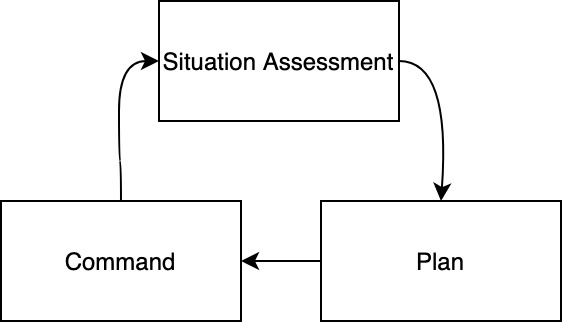Relation between Cause and Effect in a Crisis
Finding a relation between cause and effect in a retrospective analysis during a crisis is a bit more tricky and there is for sure no general answer to this question. The main reason is that it depends on the crisis that whether it shows a clear relation between cause and effect or not.
A good example of this scenario is the current corona crisis. Several countries have raised more or less radical countermeasures for the corona crisis and later observe a reduced amount of new infections in the same time period. It is most likely that the chosen countermeasures made the effect, although there is no proof for it.
On the other hand, there are also other kinds of crises that make a clear cause and effect relation. For example, an economic crisis might be analyzed retrospectively and most often, the causes and effects can be enquired by interviewing the most important managements in the crisis. Therefore, the existence of the relation between cause and effect usually dependents on the type of crisis.
Current Crisis Management Structure
Currently, the crisis management is organized in structures inspired by the fire department, military and civil protection organizations. Such organizations, at least in Germany, have a clear hierarchy where supervisors give orders to their subordinates in several iterations. Therefore, crisis management, as well as civil protection, is hierarchically organized.
For crisis management, the typical top of the hierarchy is the political representatives that are elected to take care of the public’s order including the situations related to crisis management. As soon as a crisis occurs, they activate and command a crisis team that is explicitly responsible for crisis management. So, this team of experts will then activate further teams, down to the people who will work on different divided tasks. The management layers will divide the tasks they receive and forward the orders to their subordinates.
The agile world proclaims flat hierarchies, while the above approach gives quite a strict hierarchy and is far from being a self-organized team. But, at least, each collaborator has an explicitly defined supervisor who can give clear orders.
Common Points Between Agile Management and Public Crisis Management
From the above crisis management structure, it can easily be depicted that public crisis management and civil protection follow the continuous improvement process approach. Therefore, there are different common points in the management approaches between agile management and public crisis management.
The public crisis management is set up mainly for actions in areas where the situation is not clear. Managers and team leaders in such organizations are taught that the most important thing to implement is the first action in the right direction. They are also taught that the first order might also be revoked by the second order if the leader observes a negative development in the current situation. Therefore, there is a circle of leadership, continuously leading the team through the following steps:

- Situation assessment
- exploration of the situation
- control of commands effects
- Planning
- evaluation of the situation
- decision about actions
- Command
The circle basically looks quite equal to the Agile PDCA pattern, which also has a cyclic pattern for continuously adjusting the commands given to the teams.

No changes were made Attribution-Share Alike 4.0 License
Conclusion
The above discussion can clearly conclude that agile management and public crisis management are not that different from each other. Both have multiple factors in common, such as unclear situations and the unpredictability of decision outcomes made by managers and leaders. Besides that, management in both cases is also quite similar, except the hierarchy structure in public crisis management. Therefore, it can be summarized that agile management and public management are related and can collaborate to provide a much more effective approach to crisis management.




Nice article, good work Finn.